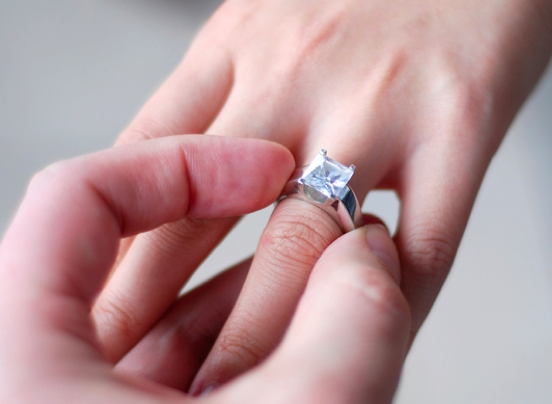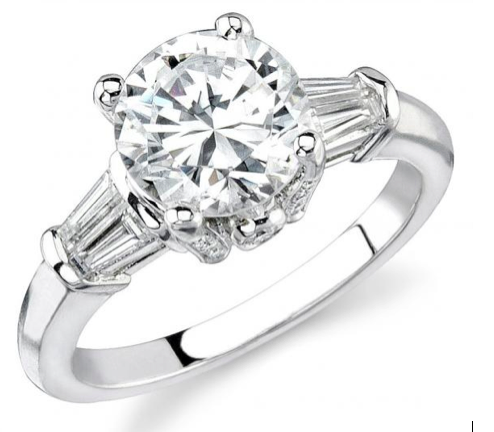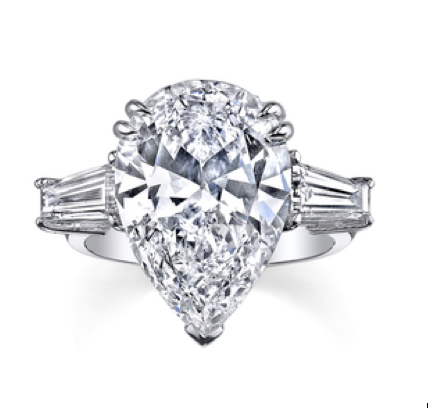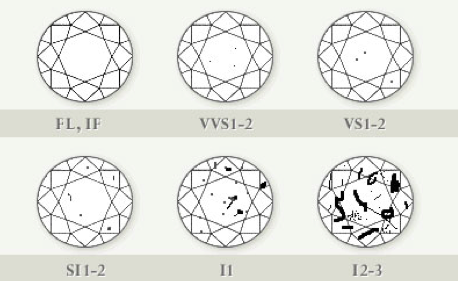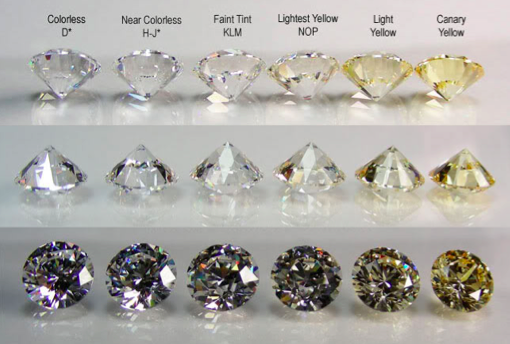Tips for Buying Diamonds
Expert Tips for Buying Gorgeous Diamond Rings
They say diamonds are a girl’s best friend, well they are also a man’s best friend when it comes to buying diamond rings. Diamond rings come in an exciting range of variations and styles for both men and women. With a diversity of size, shape and quality, diamonds are available in an almost endless variety of different styles. However, having knowledge about them before buying is a must, not only because they are incredibly costly, but also because it is a very emotional purchase.
Types of Diamonds
Based on diamond shape, size, color, cut, clarity, carat weight, settings and metal base, they are categorized in to various types. Ones’ personal taste and budget are the two main factors that control how you pick a diamond ring.
Diamond Shapes and Cuts
Diamond cut represents the rate of light reflection based on symmetry and facets, while shapes can be round, princess, emerald, cushion, asscher, radiant, pear, heart, oval and marquise.
While round cuts and princess cuts are the most popular picks, emerald cuts are considered to be the most elegant.
Asscher is named after the company that created these cuts and there are two different types of asscher cuts: one is the royal asscher cut with 74 facets and the other one is the simple asscher cut, which looks more like a square emerald and comes with 58 facets.
Henry Grossbard patented radiant cuts in 1977 and he created this version as an alternative to emerald cuts. Radiant cuts are a combination of square and rectangular cuts and as the name suggests, they shine brilliantly.
Pear shaped diamonds are an alternative to round brilliant cuts, with a round cut at one end and a narrow shape on the other — creating a teardrop.
Heart-shaped diamonds are, of course, a symbol of love, while the oval shaped diamonds are close to round brilliant cuts. Marquise shaped diamonds come with maximized carat weight and a larger look. They also make your fingers look slender and longer. Cushion cut diamonds or pillow shaped diamonds are round cornered, with large facets that enhance their brilliance.
Diamond Size
Carat is the unit of weight and it is what determines the size of a diamond. The bigger the size, the higher the price.
Quality
Color, cut, carat and clarity are the 4C’s that determine the quality of the diamonds. Cracks or minute imperfections visible and not visible to naked eye fall on low scale of quality. Before purchasing a diamond ring, you must understand the color and clarity chart.
FL, IF represent Flawless, Internally Flawless diamonds – these high clarity diamonds possess no inclusions visible to naked eye or under 10x magnification. These are the expensive of all.
VVS1-2 stands for Very Very Slight Inclusions – these diamonds have Nano inclusions barely visible under 10x magnification.
VS1-2 expands as Very Slight Inclusions and these diamonds have imperfections which are difficult to spot under 10x magnification.
SI1-2 goes for Slight Inclusions visible under 10x magnification but not naked eye.
I1-2-3 are Imperfect, with visible flaws. Cracks, inclusions are seen via naked eye. These are the lowest cost diamonds.
Diamond Color
The other scale of quality for diamonds is color. Colorless, nearly colorless, faint tint, light yellow and yellow are the range of colors under this scale. Colorless diamonds are the premium ones with the most enhanced quality.



